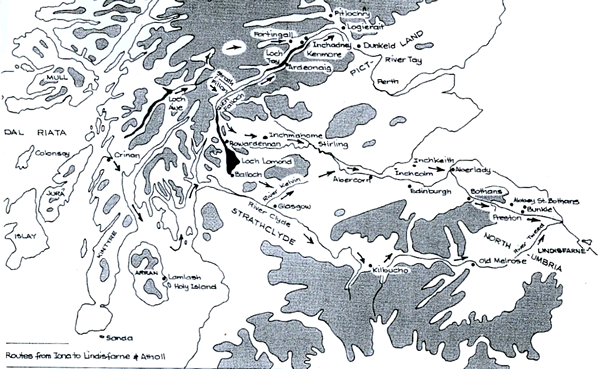
Above – Return. Oil on 7×5″ wood. Rose Strang 2024
I’m starting to get a feel for this series, which is beginning to take me out of my comfort zone and into the realms of the abstract!
Countless times I’ve enjoyed painting freely and expressively, only to over-work the subject. I imagine this is a common experience among artists who feel pressured to create a consistent body of work, or a piece that looks as though it’s been worked on in the conventional sense, and is therefore worthwhile or sellable.
I think this series means more than that to me though. The questions is – why would I care about the remains of a Crusader’s tomb? It might seem like a deep dive into the past or an avoidance of present day reality, and that would be true in many ways. I think that creatively addressing a theme such as war is too overwhelming from a personal or more subjective perspective, at first.
These are some of the paintings I’ve been working on that resonate with me. I can see a direction where this series of paintings might progress.
- ‘Icon II. Oil and silverleaf on 8×4″ wood. Rose strang 2024
- ‘Return’. Oil on 8×4″ wood, Rose Strang 2024
It looks pretty disparate at the moment! I can see though how these themes can begin to merge.
In the last post I mentioned that I’m ‘living and breathing’ (or literally breathing at least!) 13th century culture by learning some songs from the period. It’s interesting how tuning into art from different times shows us parallels in experience from then and now.
More about the Crusades in the next post, but in the meantime, here’s a link to a beautiful song I’m learning from the 12th century by Richard the 1st, or Cœur de Lion as he was known, famous for his part in the Crusades. Whatever we think of him, we can probably all agree that he wrote beautiful music. He was trained in music composition from a young age, but some people just have talent!
There are many different versions and arrangements, but this is my favourite…

















